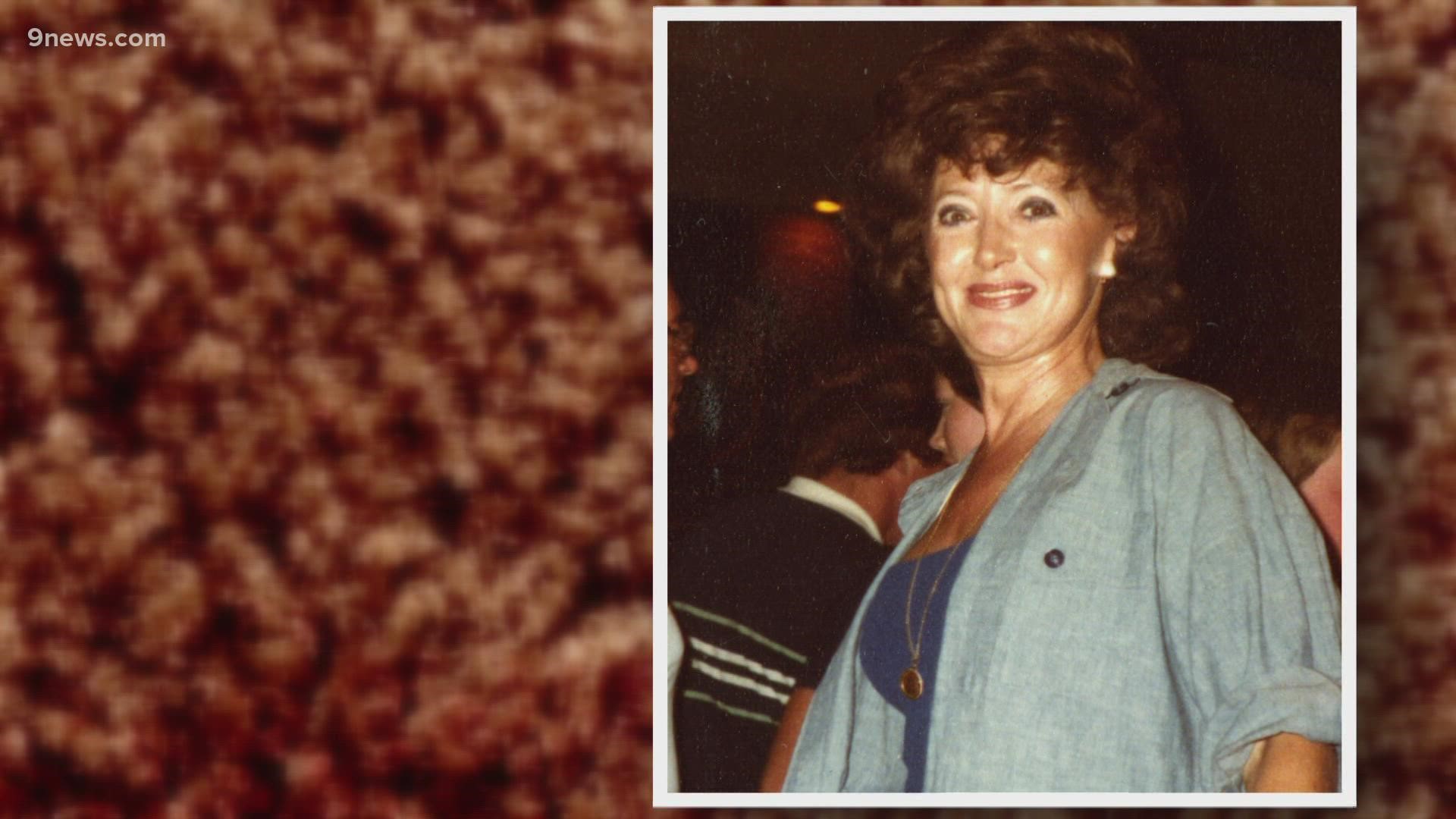LAKEWOOD, Colo. — A man convicted this summer of the January 1984 hammer murders of three members of an Aurora family was back in court Tuesday on charges in another slaying that same month – the sexual assault and killing of a Lakewood woman.
Alex Christopher Ewing, 61, faces multiple counts of first-degree murder in the slaying of Patricia Louise Smith, an interior decorator who was beaten to death with a hammer in the townhome she shared with her daughter and grandchildren.
Smith, 50, was surprised at home as she ate a lunchtime hamburger on Jan. 10, 1984 – six days before the murders in Aurora of Bruce and Debra Bennett and their 7-year-old daughter, Melissa. The three were beaten to death with a hammer. The couple’s younger daughter, then-3-year-old Vanessa, suffered critical injuries but survived.
An Arapahoe County jury found Ewing guilty of three counts of first-degree murder in the Bennett killings, and the judge in the case imposed three consecutive life sentences – meaning he will die in prison.
As in the Bennett case, the trial in Smith’s murder is expected to focus heavily on DNA evidence.
In opening statements Tuesday afternoon, prosecutors and defense attorneys presented differing views on what that genetic evidence shows.
“It was the defendant who sexually assaulted and killed Patricia Smith on Jan. 10th, 1984,” prosecutor Katharine Decker began.
As she laid out the evidence jurors will hear, Decker returned again to the theme of “semen and similarities.”
She asserted that the presence of Ewing’s genetic material on Smith’s body, on the carpeting beneath it, and on a blanket that covered her head was powerful evidence that he was the killer.
She laid out the many similarities to the Bennett case, which Judge Tamara Russell ruled that jurors could consider for the limited purpose of “identity, common plan or modus operandi.”
The two homes backed up to open spaces. The killer entered through open garage doors. The victims' purses were dumped out and rummaged through. Both Smith and Melissa Bennett – who was also sexually assaulted – were left on the floor on their backs, in similar states of undress, with blankets over their heads. And although the murder weapon was never found in the Bennett case, all those who died suffered blunt force injuries believed to have been inflicted by a hammer.
“By the end of the case it’s all going to link up,” Decker said. “It’s going to show that the defendant is the person who did this.”
Defense attorney Katherine Spengler, however, said that DNA that’s never been matched to anyone was found on the handle of the hammer used to kill Smith, and on her wallet, purse, boots, jeans, and underwear.
“The murderer who grabbed that hammer, and beat Patricia Smith to death, they left their DNA, their genetic mark, their identifying signature on the handle of that hammer,” Spengler said. “And that DNA is not Alex Ewing’s."
“The burglar who rummaged through her purse and wallet in the upstairs bedroom left their DNA, left their identifying signature on that purse and wallet," Spengler said. "And that DNA is not – not – Alex Ewing’s. The rapist who tore off jeans and underwear and boots, and pushed Patricia Smith’s bra up – they left their identifying signature – their DNA – on those items, and that is not Alex Ewing’s DNA.”
Testimony is expected to last at least into next week.
At the time Ewing was identified as a suspect in the Bennett and Smith cases, he was serving a 110-year sentence for a late-night ax handle attack on a couple in Henderson, Nevada that occurred about seven months after the Colorado murders.
The DNA hit came after Nevada prison officials started taking saliva from inmates and adding their genetic profiles to the FBI’s national database, known as CODIS. It was there that it was matched first to the Bennett murders and then to Smith’s killing.
Contact 9NEWS reporter Kevin Vaughan with tips about this or any story: kevin.vaughan@9news.com or 303-871-1862.
SUGGESTED VIDEOS: Latest from 9NEWS

